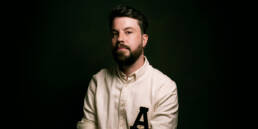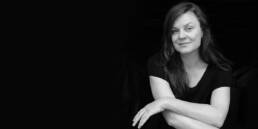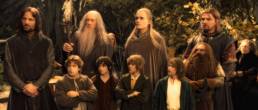
If there is one thing that truly makes us unique among Earth’s creatures, it’s our ability to tell stories, to invent people and entire universes. I’d say we would be nowhere near as ahead in our evolution without this propensity to imagine, to dream wild dreams and then put them into practice. Yes, Icarus flew too close to the sun, but eons later in 1914, Tony Jannus conducted the first commercial airline flight between St Petersburg and Tampa. We’re crazy like that. Crazy enough to make it work.
Yet our society is not the only aspect that progressed over millennia. Our stories have grown, too, becoming increasingly complex and marvellously compelling. Starting with the Epic of Gilgamesh and the legends of Olympus, we have crafted incredible universes of heroic adventurers, capricious gods, knights and warrior queens, immortal elves and terrifying demons, fantastic creatures from beyond our animal kingdom, designing challenges that constantly adhere to one common thread in our collective consciousness: the hero’s journey.
It only got better when we started shooting these monumental tales on film. As with many of my mini-lists, I’ve had to limit my selections. While I will forever cherish gems such as Jim Henson’s ‘Labyrinth’ (1986), Matthew Vaughn’s ‘Stardust’ (2007), Wolfgang Petersen’s ‘NeverEnding Story’ (1984), Guillermo del Toro’s ‘Pan’s Labyrinth’ (2006), or Rob Reiner’s iconic ‘The Princess Bride’ (1987), the latter a never-ending source of hilarious memes, I’ve decided to focus exclusively on the kind of epic fantasy that spawned entire franchises. I’m talking about the timeless works of cinematic art that made billions not only from the original films, but also from merchandising, spinoffs, and prequels. Movies with fandoms that span the globe and time itself.
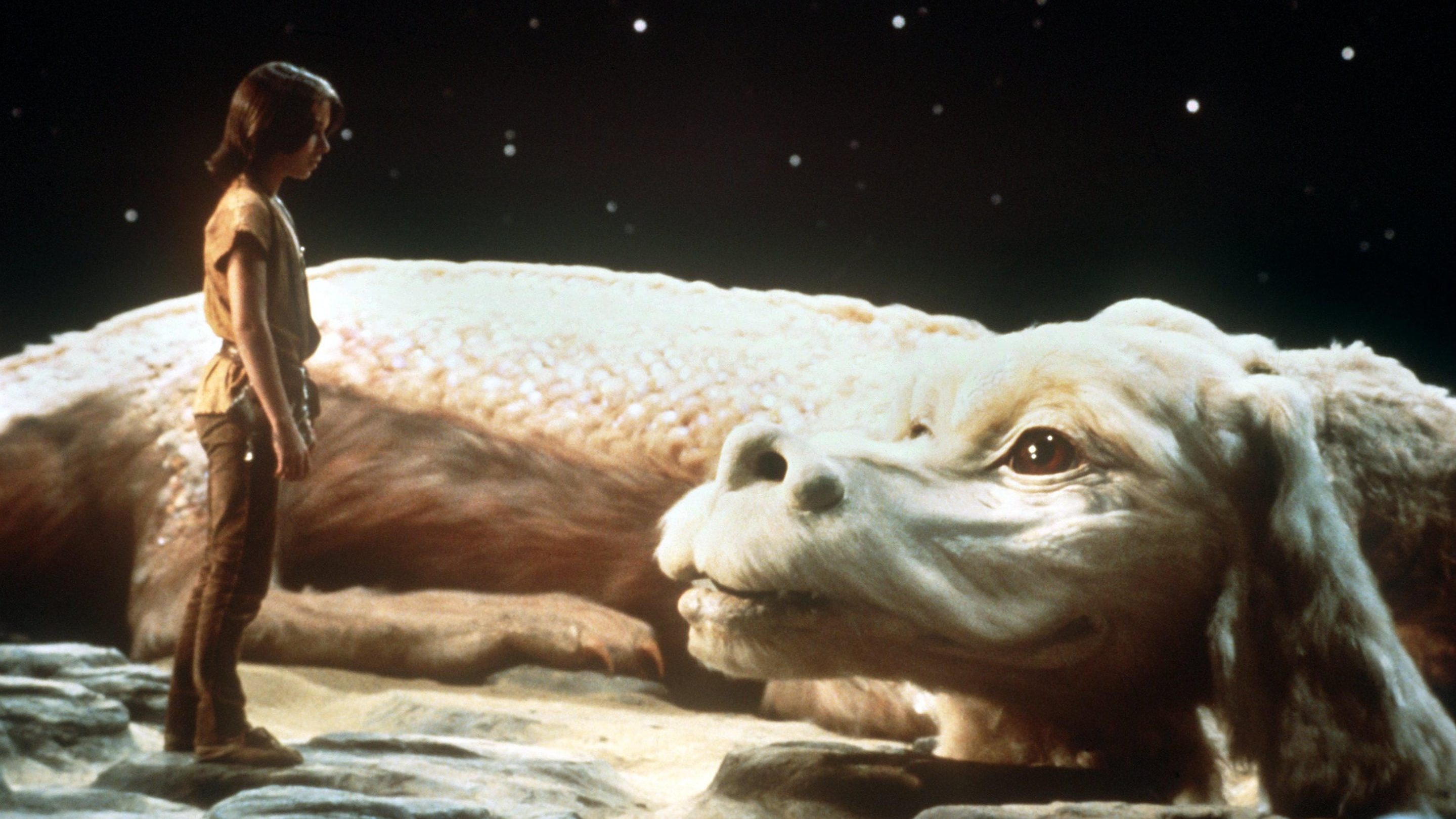 ‘THE NEVERENDING STORY’ (1984), ©CONSTANTIN FILM
‘THE NEVERENDING STORY’ (1984), ©CONSTANTIN FILM
The Lord of the Rings
This year marks two decades since the first part of ‘The Lord of the Rings’ trilogy came out, and we haven’t been the same since. It was epic fantasy done right. No, better yet, it was epic fantasy done almost perfectly! To this day, I am astonished by the faith that producers had in an otherwise inexperienced Peter Jackson. Many balked at the $300 million budget he was given to play with—but he didn’t just play with it. He built us a world and breathed life into it.
It all began with J.R.R. Tolkien, the celebrated fantasy author. ‘The Hobbit’, his first book, published in 1937, was an out-of-the-blue success. He had written it for his children, yet thanks to Susan Dagmall of George Allen & Unwin, it became a colossal bestseller beloved by younglings everywhere. Shortly afterwards, Mr Tolkien was asked to write a sequel. Excited by how his imaginary world of Middle Earth had been growing since he’d first penned ‘The Hobbit’, he eventually produced a complex mythological composition deemed too long and boring by the publisher. It was set aside and later revived, edited, and published by the author’s son, Christopher Tolkien, as ‘The Silmarillion’.
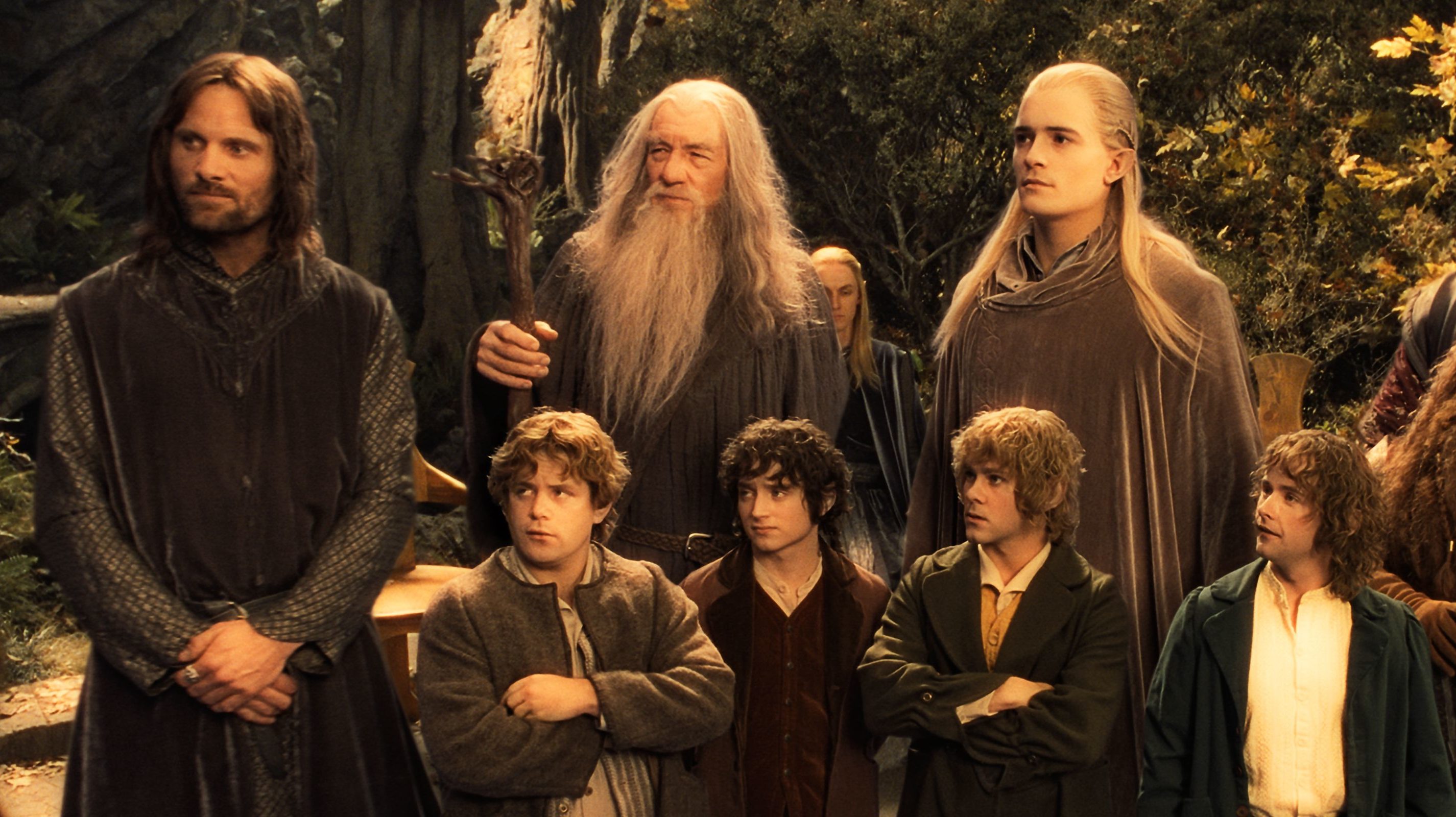 ‘THE LORD OF THE RINGS: THE FELLOWSHIP OF THE RING’ (2001), ©NEW LINE CINEMA
‘THE LORD OF THE RINGS: THE FELLOWSHIP OF THE RING’ (2001), ©NEW LINE CINEMA
Back to his writing desk, Mr Tolkien developed ‘The Lord of the Rings’ as a direct sequel for Bilbo’s adventures. It was a darker and more mature take on an otherwise magical world. It gained an adult audience, becoming a masterpiece of modern English literature. In 1997, New Zealand native and screenwriter/director Peter Jackson won the rights to film this epic fantasy. At first, he tried to work out a deal with Miramax, but their requirements of cramming everything into a single movie would have made a mockery of Mr Tolkien’s oeuvre, so Jackson signed up with New Line Cinema instead, enlisting Fran Walsh and Philippa Boyens to help write the screenplay for a proper trilogy.
‘The Fellowship of the Ring’ (2001), ‘The Two Towers’ (2002), and ‘The Return of the King’ (2003) were an incredible feat. Not only did Jackson exceed every possible expectation, he and his team revolutionized the high fantasy niche of cinema. Filmed entirely in New Zealand, the ‘Lord of the Rings’ trilogy garnered a plethora of awards, with ‘The Return of the King’ accomplishing a record of its own—it was the first feature to win all 11 Academy Awards for which it was nominated. Thus, Tolkien’s legacy was brought to life after a rather disastrous animated attempt in 1978, setting the tone for many other filmmakers later down the road.
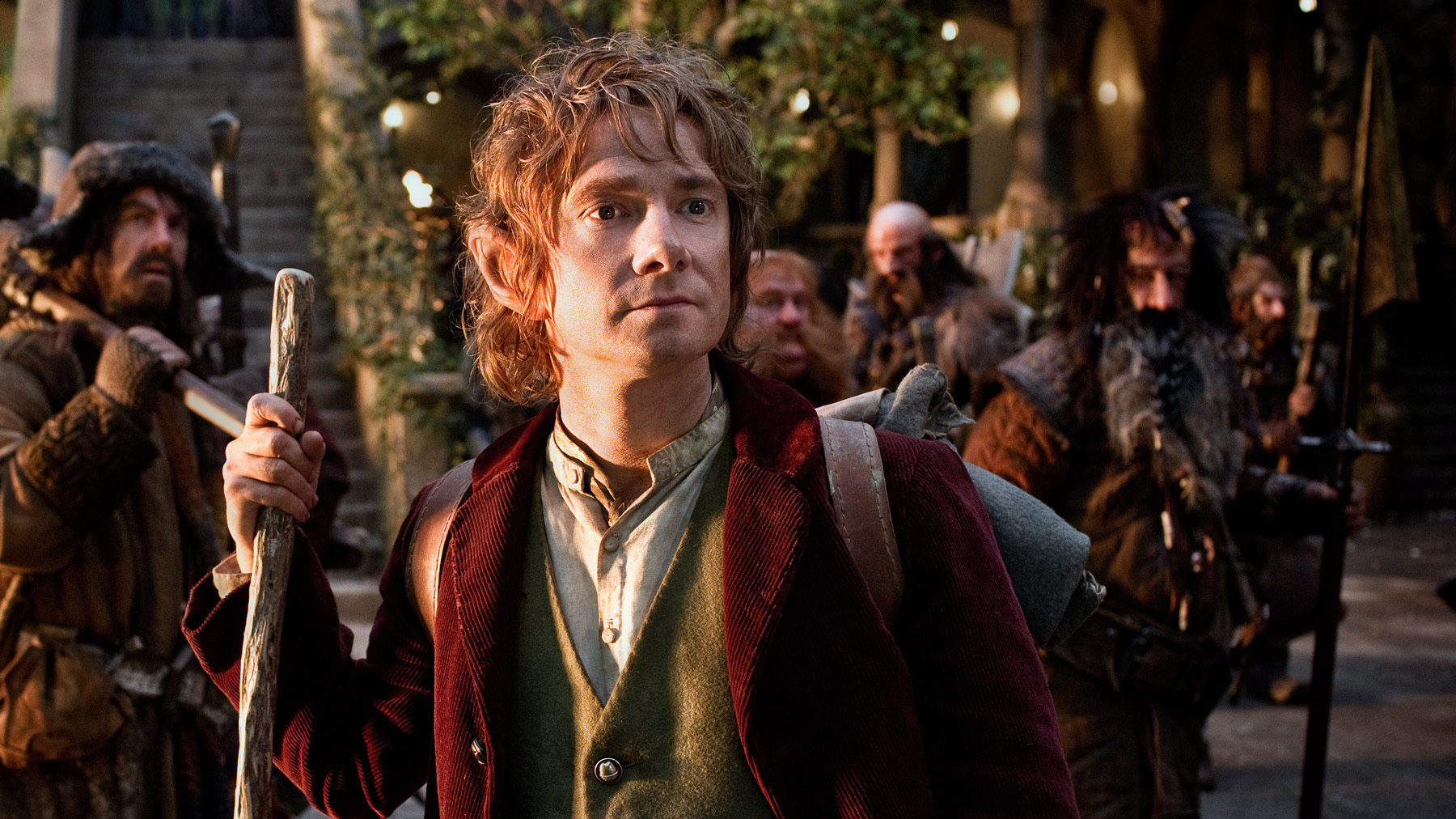 ‘THE HOBBIT: AN UNEXPECTED JOURNEY’ (2012), ©NEW LINE CINEMA
‘THE HOBBIT: AN UNEXPECTED JOURNEY’ (2012), ©NEW LINE CINEMA
Perhaps most would’ve expected to see ‘The Hobbit’ be made into a movie first, but it came later as a prequel trilogy, with Martin Freeman starring as the young Bilbo Baggins. ‘An Unexpected Journey’ (2012), ‘The Desolation of Smaug’ (2013), and ‘The Battle of the Five Armies’ (2014) were grand commercial successes, though none were close to the glory of ‘The Lord of the Rings’. Maybe the novelty had worn off by the time Jackson assembled his team and cast to bring more of Tolkien’s world to the big screen. Or maybe the focus stayed too much on special effects than on the actual story.
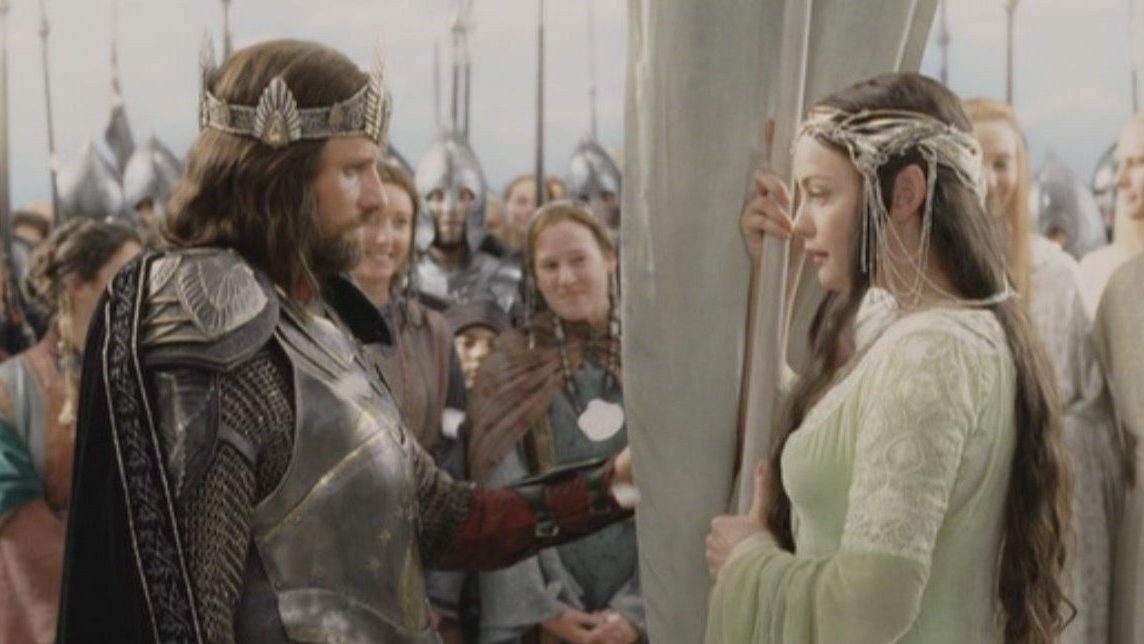 ‘THE LORD OF THE RINGS: THE RETURN OF THE KING’ (2003), ©NEW LINE CINEMA
‘THE LORD OF THE RINGS: THE RETURN OF THE KING’ (2003), ©NEW LINE CINEMA
Harry Potter
We all know the rags-to-riches story of how JK Rowling wrote and eventually published her beloved ‘Harry Potter’ series of magical fantasy. A struggling author and mum, she pushed and toiled and then pushed some more until after twelve rejections, her manuscript for ‘Harry Potter and the Philosopher’s Stone’ was finally published by Bloomsbury. The books were a worldwide phenomenon, stirring the imaginations of children and adults alike and causing queues to form outside bookstores in anticipation of upcoming volumes.
What’s not to love about the magic-imbued universe of Harry Potter? It’s got bits and pieces of everything tucked away inside an interdimensional pocket of sorts, a hidden reality to the Muggles’ world where wizards, house elves, unicorns and other extraordinary creatures live in relative harmony, with wizarding laws and order. There’s a ginormous academy of wizardry with a board of honoured professors equipped with the talent and knowledge required to shape the young minds of future wizards.
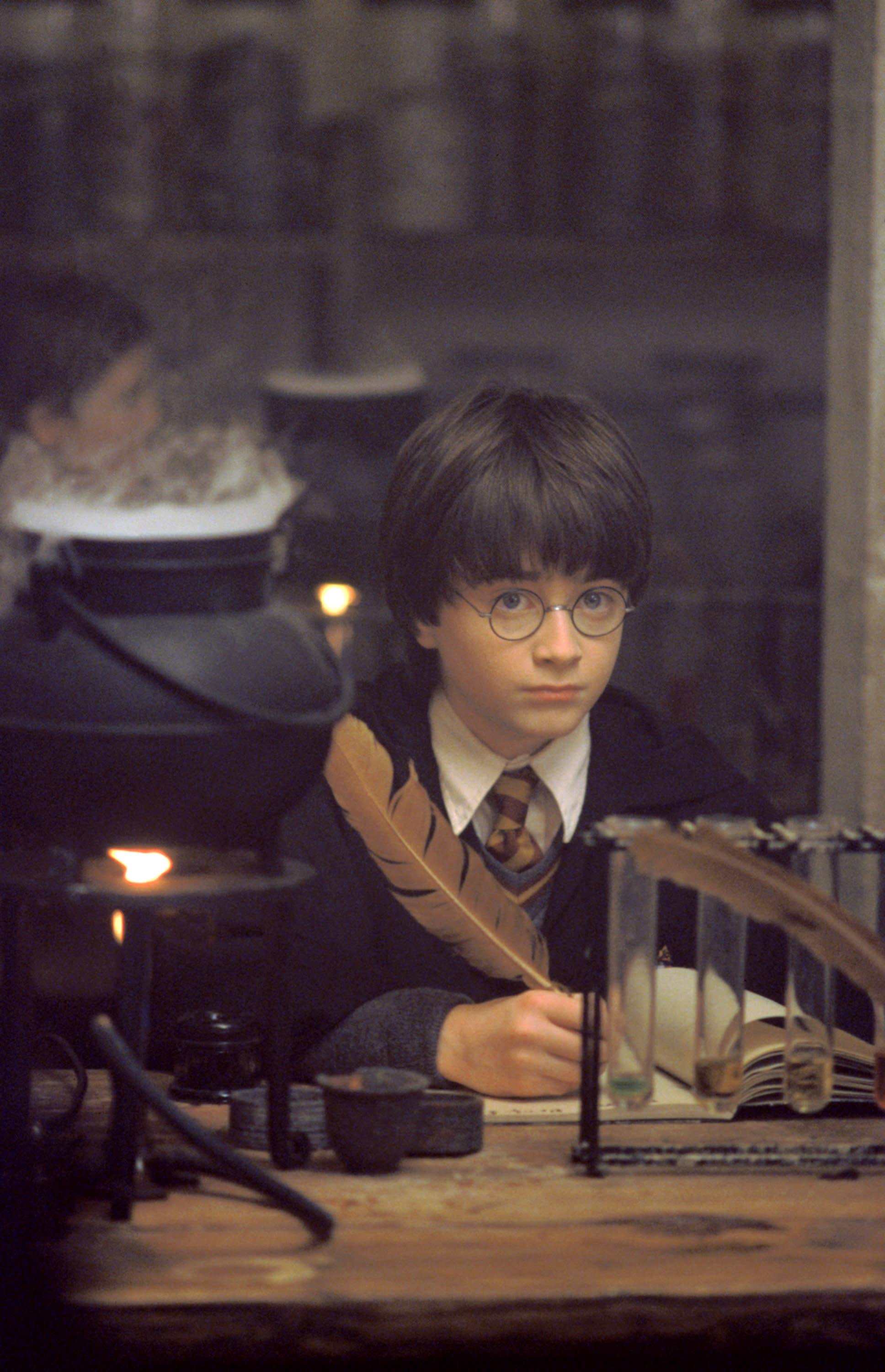 ‘HARRY POTTER AND THE PHILOSOPHER’S STONE’ (2001), ©WARNER BROS.
‘HARRY POTTER AND THE PHILOSOPHER’S STONE’ (2001), ©WARNER BROS.
The film series launched in 2001 (what a year that was, eh?), ending its exquisite box office reign with the two-part ‘Harry Potter and the Deathly Hallows’ of 2010 and 2011. Its young cast, composed of stellar talents such as Daniel Radcliffe, Emma Watson, and Tom Felton, to name but a few, grew up along with their fans and captured the affection of many more along the way. Alan Rickman would forever be remembered for his performance as Professor Snape, and production companies would line up to fund the next big hits from the Potterverse.
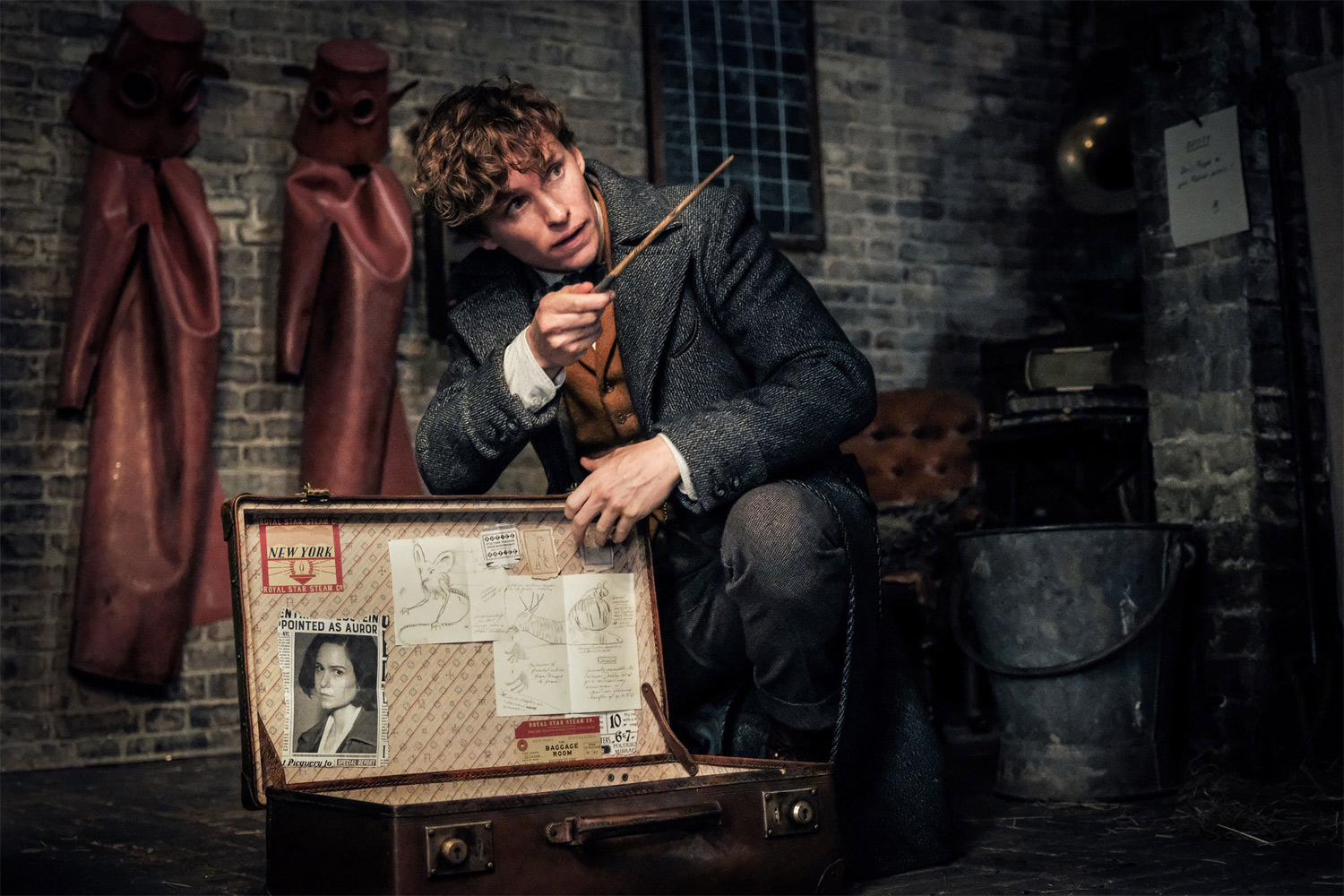 ‘FANTASTIC BEASTS AND WHERE TO FIND THEM’ (2016), NEW LINE CINEMA
‘FANTASTIC BEASTS AND WHERE TO FIND THEM’ (2016), NEW LINE CINEMA
While Mike Newell, Chris Columbus, Alfonso Cuarón, and David Yates directed the film series, with scripts adapted by Steve Kloves and Michael Goldenberg, JK Rowling decided to take over as screenwriter for her next endeavour within the same fictional realm, the ‘Fantastic Beasts’ prequels featuring Eddie Redmayne as a young Newt Scamander. Of course, the everlasting charm of the Potterverse—even this version from seventy years before Harry Potter—was undeniable. Alas, Mrs Rowling’s screenwriting manifested as repeatedly insufficient and rushed, thus forcing David Yates, her director of choice, to deliver below the expected threshold.
Yes, the film scores are wonderful, the actual fantastic beasts are wickedly fun, and the flair of early 20th century American wizards is unmistakably delicious, but the prequels have fallen short of the original ‘Harry Potter’. I’ve said this before. Few novelists make good screenwriters, and few screenwriters make good novelists. Even fewer are those who can tread the line between novel and screenplay with equal proficiency.
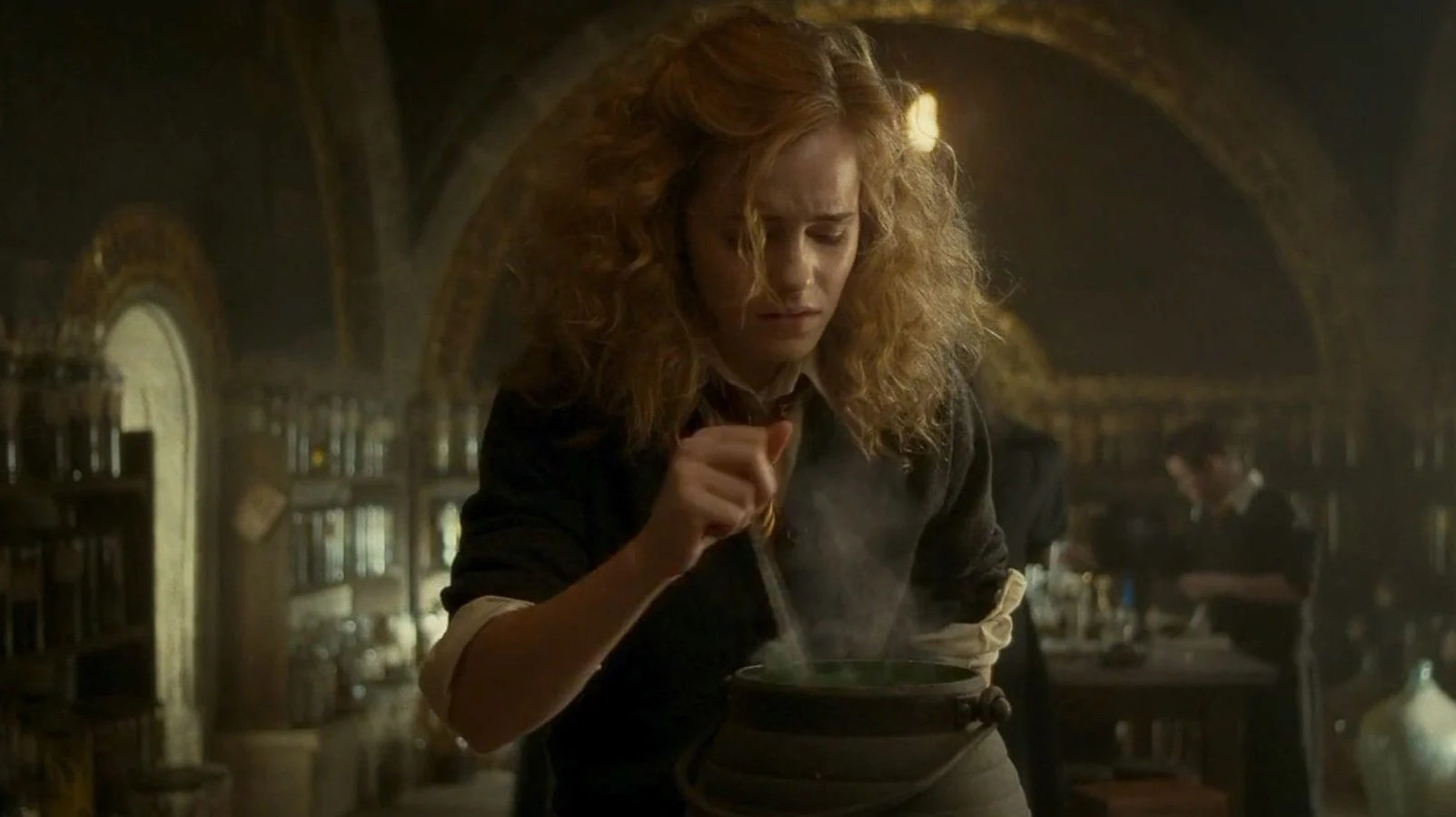 ‘HARRY POTTER AND THE HALF-BLOOD PRINCE’ (2009), ©WARNER BROS.
‘HARRY POTTER AND THE HALF-BLOOD PRINCE’ (2009), ©WARNER BROS.
Pirates of the Caribbean
Disney, now a streaming giant with ownership of the Marvel Cinematic Universe and everything Star Wars, understood the potential of epic fantasy since day one. Most of its empire is built on the work of Walt Disney, one of the forefathers of animation. The Disney Classics are an eternal presence on any kid’s watchlist, and their live action attempts weren’t half-bad, either—I’ll sneak a quick mention of ‘Peter Pan’ (2003) here, one of my personal favourites. But the studio’s greatest accomplishment of high fantasy brought to the silver screen is the ‘Pirates of the Caribbean’ film series.
Inspired by Rob Kidd’s ‘Jack Sparrow’ children’s books and based on the ‘Pirates of the Caribbean’ attraction at Disney’s theme parks, this franchise gave us Johnny Depp as the swashbuckling maniac we’ve all come to love, alongside a ravishingly bold Keira Knightley and an even more handsome Orlando Bloom, who traded his elf ears for a sharp rapier and a pirate ship. The films were a monumental success, with Gore Verbinski, Rob Marshall, Espen Sandberg, and Joachim Rønning as directors.
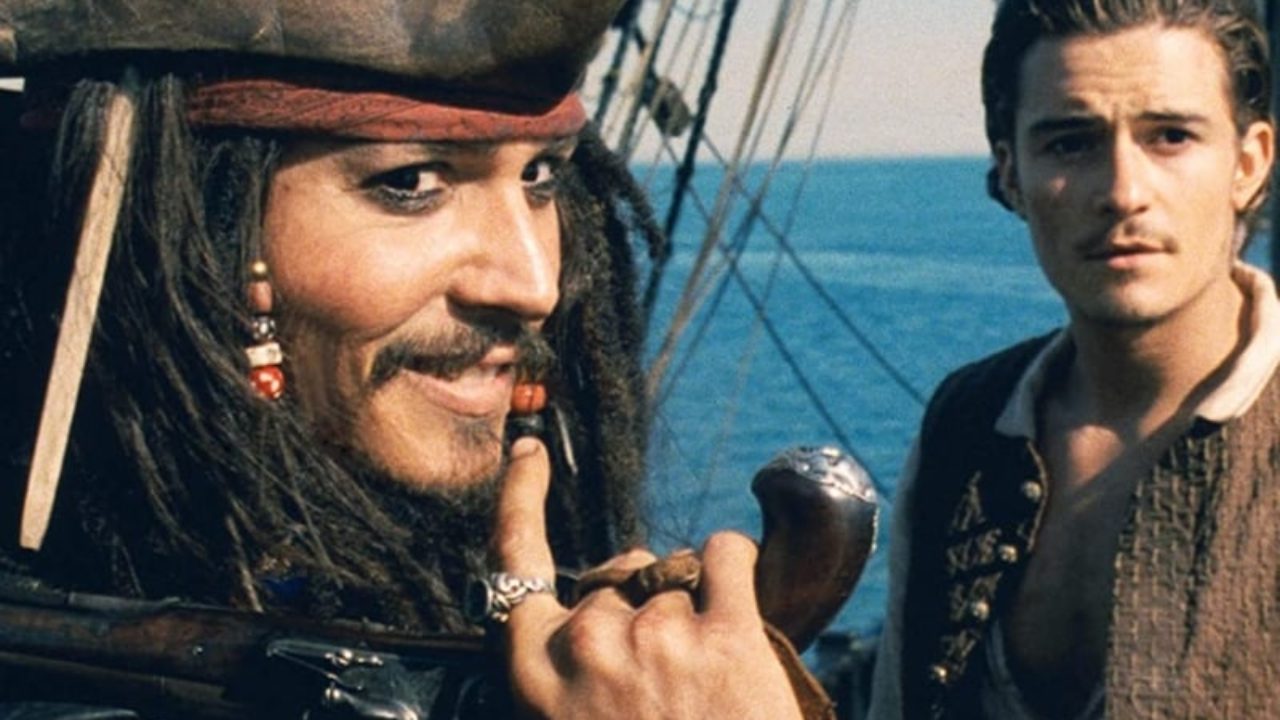 ‘PIRATES OF THE CARIBBEAN: CURSE OF THE BLACK PEARL’ (2003), ©WALT DISNEY PICTURES
‘PIRATES OF THE CARIBBEAN: CURSE OF THE BLACK PEARL’ (2003), ©WALT DISNEY PICTURES
‘The Curse of the Black Pearl’ (2003), ‘Dead Man’s Chest’ (2006), and ‘At World’s End’ (2007) were box office gold. ‘On Stranger Tides’ (2011) left Ms Knightley and Mr Bloom’s characters behind, bringing Penélope Cruz centre stage as Angelica. Alas, the momentum began to wither away, and by the time Disney released ‘Salazar’s Revenge’ (2017), there wasn’t much that could keep this ship afloat, even with Knightley and Bloom’s return.
There was only so much to be drawn from the stories though. Despite not having any of the elves, orcs, goblins and other creatures that have become a staple of this genre, ‘Pirates of the Caribbean’ is remembered as one of the greats of epic fantasy. And let’s not forget Johnny Depp as Jack Sparrow. Everyone loved Johnny Depp as Jack Sparrow.
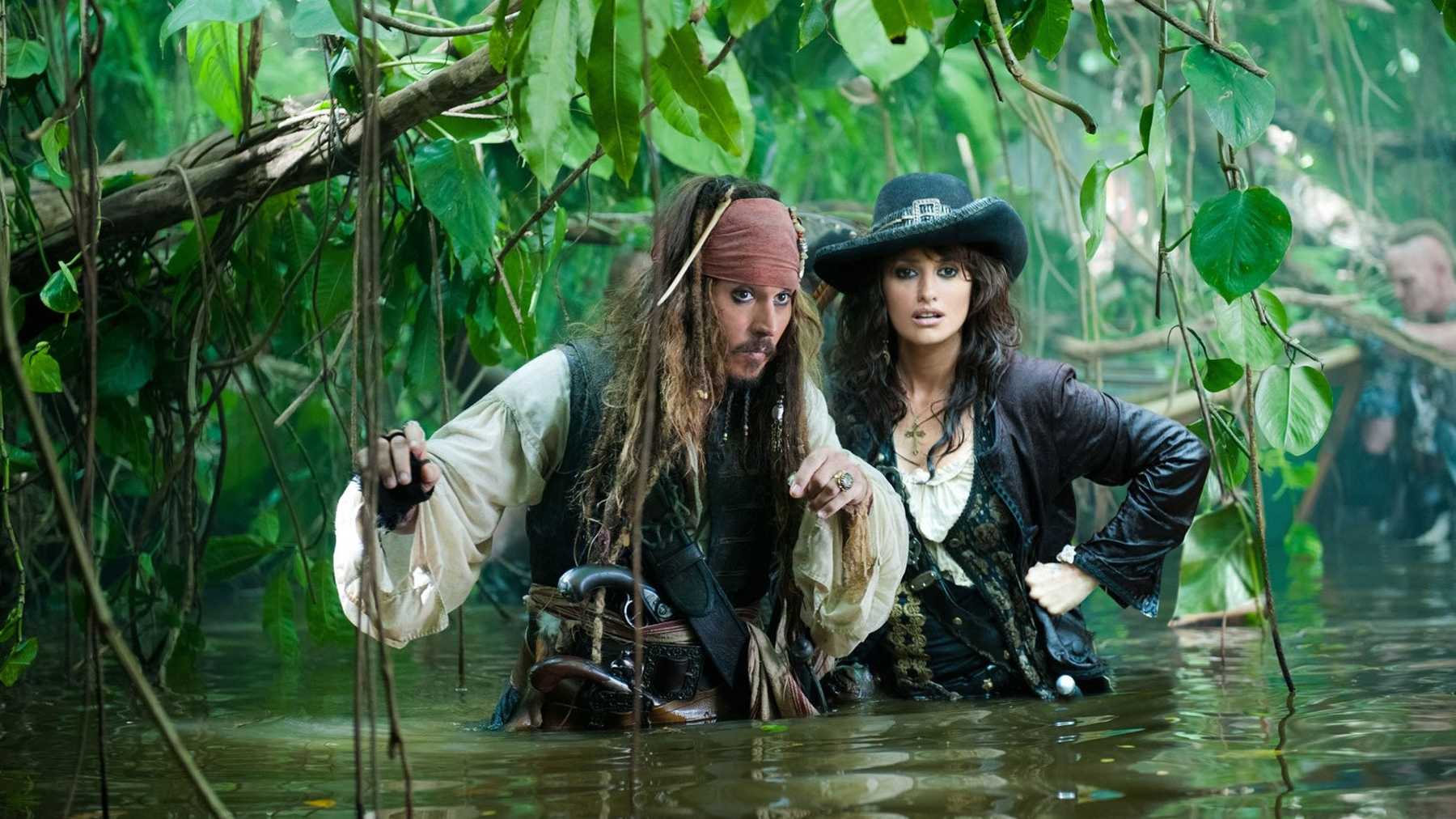 ‘PIRATES OF THE CARIBBEAN: ON STRANGER TIDES’ (2011), ©WALT DISNEY PICTURES
‘PIRATES OF THE CARIBBEAN: ON STRANGER TIDES’ (2011), ©WALT DISNEY PICTURES
The Dark Crystal
Eighties’ kids will remember and appreciate Jim Henson’s ample foray into epic fantasy with ‘The Dark Crystal’ (1982), a puppet-animated film which he directed alongside Frank Oz. The story takes place on a fictional planet—as one might expect, where the damaged Dark Crystal favours the onset of an age of chaos. The Gelfling Jen is our main hero, determined to restore balance to the realm of Thra and overthrow the ruling Skeksis. It is one of the few stories written directly for the screen that built itself a titanic fandom within its genre. Such an achievement is worthy of the cinematic history books.
Alas, the film wasn’t a box office darling but rather became a cult legend. It never grew into a trilogy, yet it remained insanely popular over the years, so much so that Netflix decided to gamble and invest in a prequel, ‘The Dark Crystal: Age of Resistance’ (2019). Armed with 21st century CGI assistance, beautiful puppetry, and a genuine love of Jim Henson’s work, the series was led by Jeffrey Addiss and Will Matthews, receiving high praise from both new and familiar audiences. It may not be a giant, but it stands proudly among its peers.
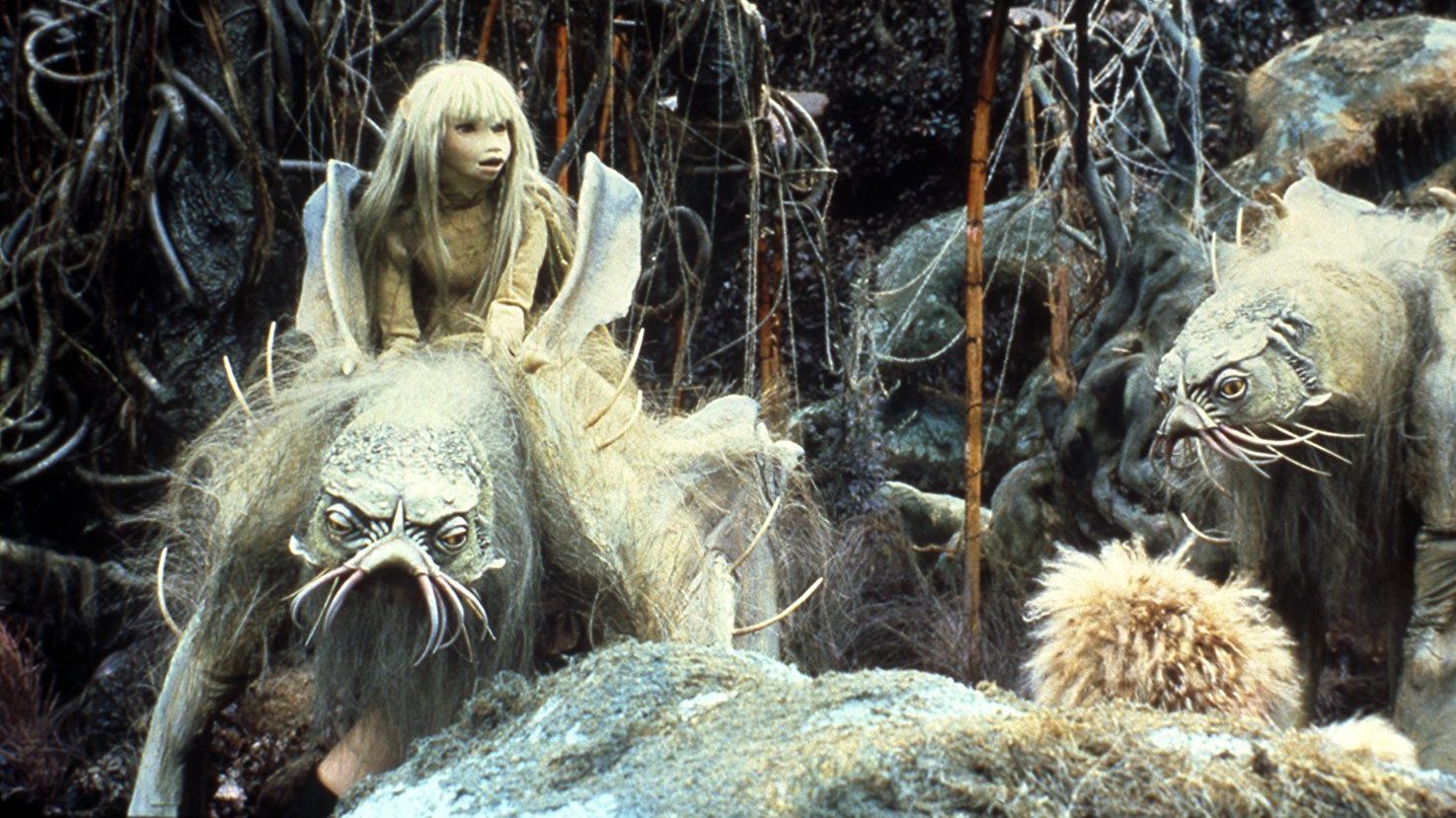 ‘THE DARK CRYSTAL’ (1982), ©JIM HENSON PRODUCTION
‘THE DARK CRYSTAL’ (1982), ©JIM HENSON PRODUCTION
The Wizard of Oz
Unlike the above titles, L. Frank Baum’s series of high fantasy novels did not receive as much generosity from Hollywood, instead building its wonderful world gradually, one yellow brick at a time. ‘The Wizard of Oz’ (1939) made history with Judy Garland as Dorothty—‘Somewhere Over the Rainbow’ became one of the most memorable musical pieces of the silver screen. Directed by Victor Fleming, the film was a roaring success, admired not only for its fantastic complexity but also for its brilliant execution and production design, then ultimately rewarded with two Academy Awards.
Mr Baum’s ‘The Wonderful Wizard of Oz’ epic universe was so adored, in fact, that it spawned other authors to try and further develop stories from its original pages. In 1995, Gregory Maguire published ‘Wicked: The Life and Times of the Wicked Witch of the West’, a gorgeous retelling of the original of 1900 but from the witches’ perspective. Elphaba and Glinda became overnight sensations, eventually cast in the ‘Wicked’ Broadway musical which brought Kristin Chenoweth and Idina Menzel’s musical talents under the spotlight.
From there, the Land of Oz grew bigger with various film and television projects—some more memorable than others. Worth mentioning are ‘The Muppets’ Wizard of Oz’ (2005), if only to give Jim Henson another kind nod; ‘Tin Man’ (2007), a slightly more sci-fi take on Dorothy’s tale featuring Zooey Deschanel, Alan Cumming, and Richard Dreyfuss; ‘Emerald City’ (2016-2017), a fantasy drama with a dark twist starring Oliver Jackson-Cohen, Vincent D’Onofrio, and Ana Ularu; and Sam Raimi’s ‘Oz the Great and Powerful’ (2013), which saw James Franco taking over as the Wizard himself.
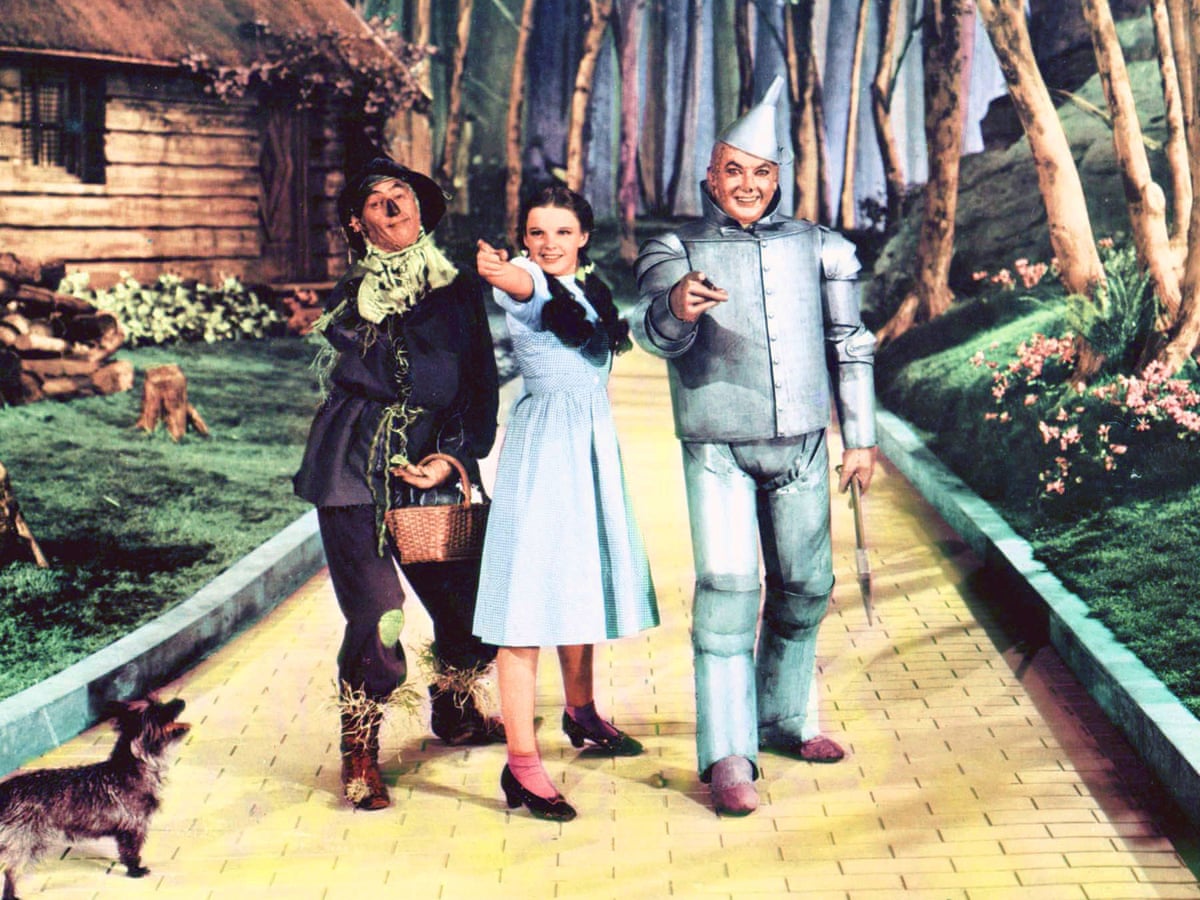 ‘THE WIZARD OF OZ’ (1939), ©METRO-GOLDWYN-MAYER (MGM)
‘THE WIZARD OF OZ’ (1939), ©METRO-GOLDWYN-MAYER (MGM)
There are many fantastical bodies of work besides those listed, of course. George R. R. Martin’s series made it to HBO in 2009, and despite the slightly fumbled final season, it is still one of the key points of reference when discussing the entire genre. Others, though extraordinarily successful in their novel form, never really got off the ground as feature films. CS Lewis, a fellow Inkling of Tolkien’s, for example, made his literary mark with ‘The Chronicles of Narnia’—yet the adaptations weren’t anywhere near Tolkien’s work and were mere shadows compared to ‘Harry Potter’. You may have noticed an absence from my list, and no, I have not forgotten about the ‘Star Wars’ franchise. However, since it is less high fantasy but more science fantasy, it belongs elsewhere.
Truth be told, one can flop by being overly ambitious with an epic fantasy tale, and there will never be enough special effects and animation technology to make up for weak characters and shoddy storytelling. In other cases, like Mr Martin’s ‘A Song of Ice and Fire’, the stories are simply too big for cinema yet perfect for a TV series. That’s something to discuss another day.
Jules R. Simion
Jules is a writer, screenwriter, and lover of all things cinematic. She has spent most of her adult life crafting stories and watching films, both feature-length and shorts. Jules enjoys peeling away at the layers of each production, from screenplay to post-production, in order to reveal what truly makes the story work.
An Interview with Anna Drubich
Anna Drubich is a Russian-born composer of both concert and film music, and has studied across…
A Conversation with Adam Janota Bzowski
Adam Janota Bzowski is a London-based composer and sound designer who has been working in film and…
Interview: Rebekka Karijord on the Process of Scoring Songs of Earth
Songs of Earth is Margreth Olin’s critically acclaimed nature documentary which is both an intimate…
Don't miss out
Cinematic stories delivered straight to your inbox.
Ridiculously Effective PR & Marketing
Wolkh is a full-service creative agency specialising in PR, Marketing and Branding for Film, TV, Interactive Entertainment and Performing Arts.

